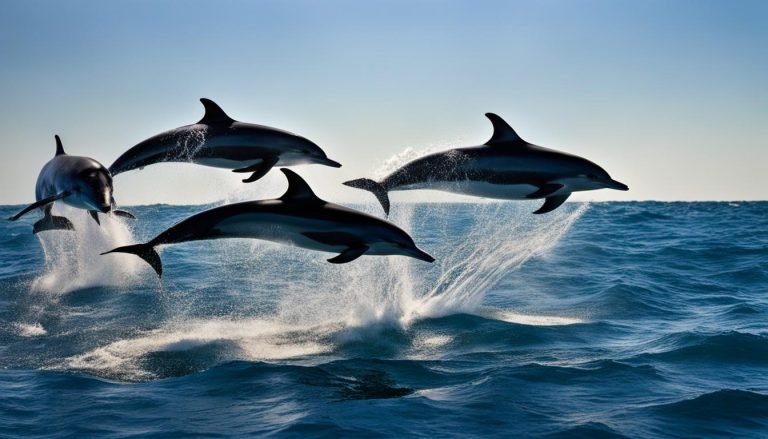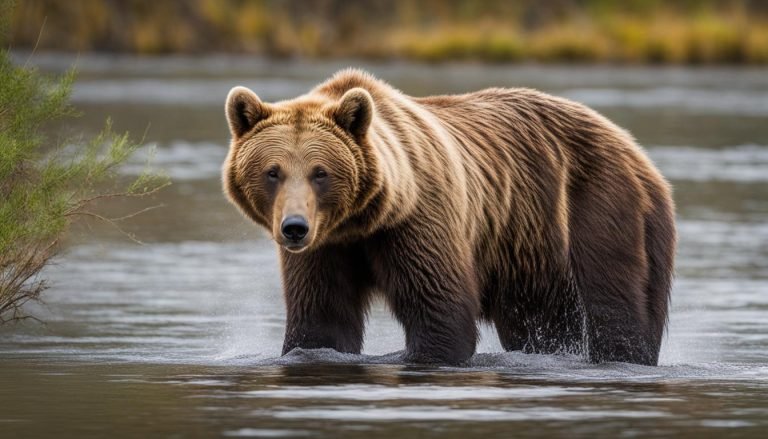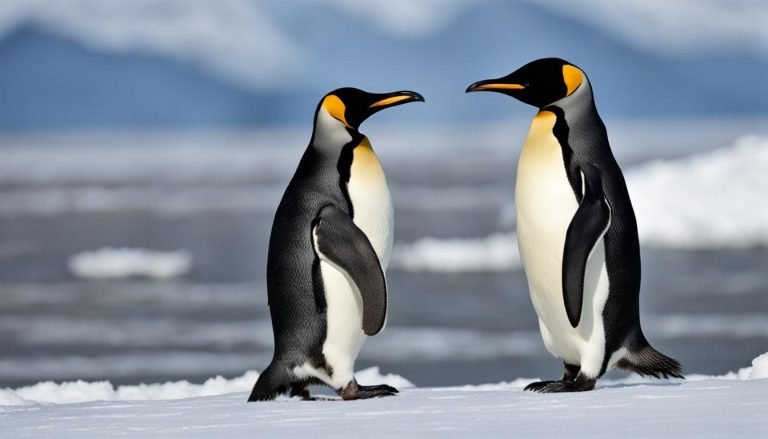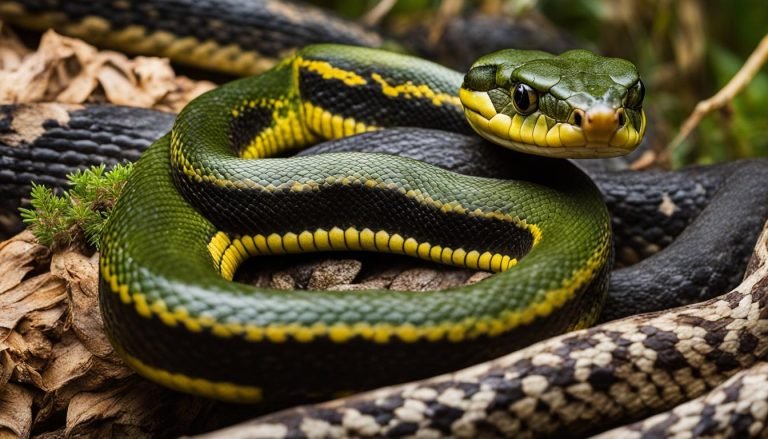Horse
When it comes to the animal kingdom, few creatures have captured our imaginations quite like horses. These majestic beings have a rich history that stretches back millions of years, with a fascinating tale of evolution and adaptation. In this article, we will delve into the horse evolution and explore the captivating history of horses and their ancestors.
Horses belong to the Equidae family and can trace their origins to North America around 55 million years ago. They evolved from small, dog-sized creatures into the magnificent, large mammals we know today. One of the most notable transformations in their evolutionary journey is the shift from several toes to a single toe, which defines their distinctive characteristic. Through fossil records and genetic studies, researchers have been able to uncover the remarkable development and adaptation of horses to various environments.
From the pages of National Geographic to the archives of the Smithsonian Magazine and the Encyclopedia Britannica, countless sources have shed light on the remarkable story of horse evolution. Join us as we embark on a journey through time to uncover the secrets of these incredible creatures.
Size
In this section, we will delve into the size variations among different horse breeds. Horses can vary in height, with different breeds showcasing different average sizes. The average height of horses usually ranges from 14 to 17 hands (56 to 68 inches) at the withers, which is the highest point of their shoulders.
However, there are notable exceptions, such as the Shetland pony, which is much smaller, standing at around 9 to 10 hands (36 to 40 inches). On the other hand, some draft horse breeds like the Belgian or Clydesdale can reach heights of up to 18 hands (72 inches) or even more.
Various factors, including genetics, breed standards, and geographical locations, contribute to the size variations in horses.
(First source: The Horse magazine, Second source: American Quarter Horse Association, Third source: World Horse Welfare)
Habitat
Horses have a rich history of inhabiting various habitats around the world. In their natural state, horses could be found in diverse environments, ranging from expansive grasslands and prairies to dense forests and arid deserts. Their ability to adapt to different habitats has contributed to their widespread distribution across the globe.
Throughout history, humans have played a significant role in the domestication of horses. As these majestic creatures became essential companions and work partners for humans, their habitats expanded to accommodate human-made spaces. Today, horses can be found in a variety of settings, including farms, ranches, and equestrian centers.
Domesticated horses now thrive in pastures and stables, where they receive care and protection. They have become valuable members of human society, and their presence can even be seen in urban areas where horseback riding and equestrian sports are popular.
Behavior
Understanding the behavior of horses is essential for anyone working with these magnificent animals. Horses are social creatures that form strong bonds within their herds. They engage in various behaviors to communicate and interact with each other.
Within a herd, there is typically a dominant stallion who leads the group. The mares and their offspring form a hierarchical structure, with the dominant mare being the second-in-command. The herd’s social structure helps maintain order and ensures the safety and well-being of all members.
Horses communicate through body language, using gestures and postures to convey their emotions and intentions. They rely on the positioning of their ears, movements of their tail, and even vocalizations to express themselves. By understanding these cues, horse owners and handlers can better interpret and respond to their horses’ needs.
Common behaviors observed in horses include grooming each other, which strengthens social bonds and is a form of mutual care. Playful activities such as running, kicking, and bucking also serve as a means for social interaction and physical exercise.
Horse behavior is influenced by their natural instincts and their social nature. By observing and understanding their behaviors, we can provide better care, training, and enrichment for these intelligent and sensitive animals. Building a strong bond with horses is based on respect, trust, and effective communication, which is key to establishing a successful partnership.
Hunting
In the realm of equestrian sports, horses have not only been admired for their beauty and grace but also celebrated for their incredible athleticism and agility. While horse hunting may no longer be as prevalent as it once was, the bond between horses and humans in various equestrian disciplines continues to thrive today.
In the past, horses played a crucial role in hunting traditions, providing riders with the speed, agility, and strength necessary to chase down game. Their powerful strides and nimble maneuvers made them formidable companions in the pursuit of prey.
In modern times, equestrian sports have become a beloved showcase of the skills and talents of horses. Horse racing, a sport that captivates audiences worldwide, highlights the incredible speed and endurance of these magnificent creatures. Show jumping, on the other hand, displays their ability to navigate intricate courses with precision and grace.
Other disciplines, such as dressage and eventing, require a harmonious partnership between horse and rider, with complex movements and jumps executed in perfect synchronization. Polo, the “sport of kings,” showcases the synergy between rider and mount as they compete in a fast-paced game of skill and strategy.
These equestrian sports not only serve as sources of entertainment but also emphasize the exceptional bond between horses and riders. The trust and communication between the two are essential for achieving remarkable feats and pushing the boundaries of what can be accomplished.
Equestrian enthusiasts, professionals, and amateurs alike continue to celebrate and participate in these sports, fostering a deep appreciation for the remarkable abilities of horses and the bond that can be forged with these extraordinary creatures.
Mortality
In this section, we will discuss the factors that can affect the lifespan of horses and the importance of proper health care in ensuring their well-being. The average lifespan of horses varies depending on factors such as breed, health conditions, and management practices. Generally, horses live to be around 25 to 30 years old, although some exceptional individuals have lived well into their 40s.
Several factors can contribute to horse mortality, including age-related issues, diseases, accidents, and improper nutrition or care. It is crucial for horse owners to prioritize their health and provide regular veterinary check-ups to detect and prevent potential health issues at an early stage. Vaccination programs, tailored nutrition plans, and a safe environment are also essential for maintaining the health and longevity of horses.
Responsible horse owners and caretakers understand the importance of investing time and resources in providing the best possible care for their equine companions. Taking proactive measures to ensure the well-being of horses not only improves their quality of life but also enhances the bond between horses and their human counterparts.
Location
Horses are incredible creatures with a global presence. Found on every continent except Antarctica, they have adapted to various landscapes and climates around the world. When it comes to horse populations, several countries stand out for their notable equine industries and cultural significance.
The United States is home to a vast number of horses, with a diverse range of breeds and disciplines. From the iconic American Quarter Horse to the majestic Thoroughbreds, the U.S. boasts a thriving horse population and a rich equestrian heritage.
China, with its long history of horsemanship, also plays a significant role in the horse world. From the renowned Mongolian horses to the impressive Akhal-Teke breed, horses have been an integral part of Chinese culture for centuries.
Russia, known for its vast landscapes, is home to various horse breeds that have adapted to the challenging terrain. The Russian Orlov Trotter and Russian Don are just a few examples of the country’s unique equine heritage.
While countries like Mexico, Brazil, and Germany may not come to mind immediately, they too have thriving horse populations and vibrant equestrian communities. Each country has its own indigenous breeds and equestrian traditions that contribute to the global diversity of horses.
However, amidst this diversity, it’s crucial to recognize the challenges faced by some horse breeds. Habitat loss, overbreeding, and changing cultural practices can put certain native horse species at risk of extinction. Organizations such as the Food and Agriculture Organization of the United Nations, the World Horse Population Database, and the International Union for Conservation of Nature are actively working to preserve these endangered horse species and ensure their continued survival for generations to come.







